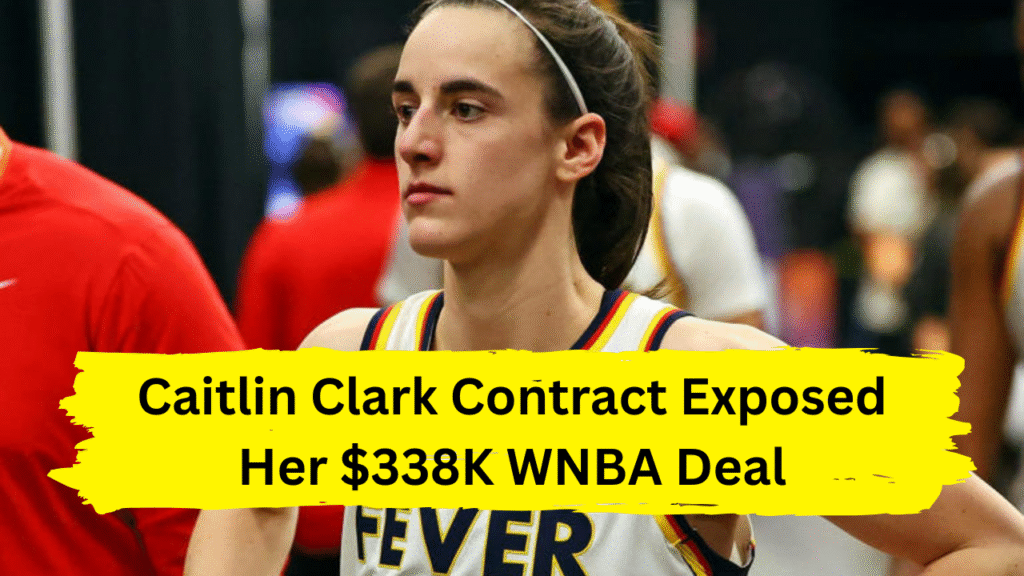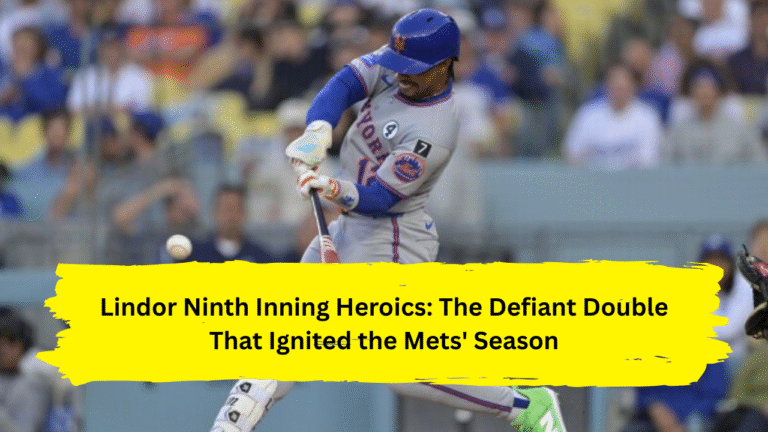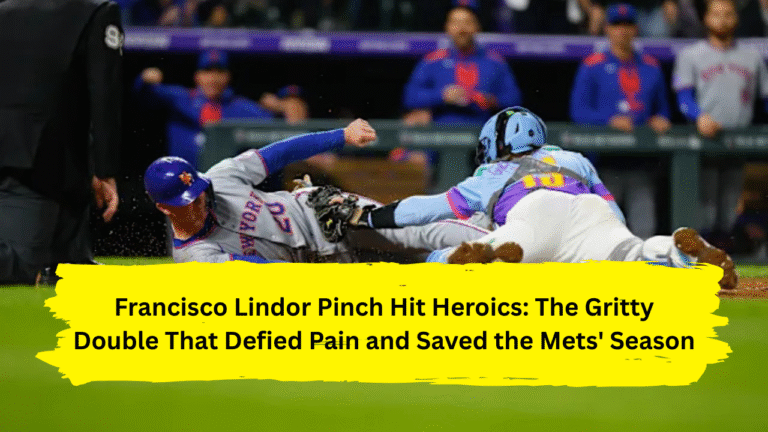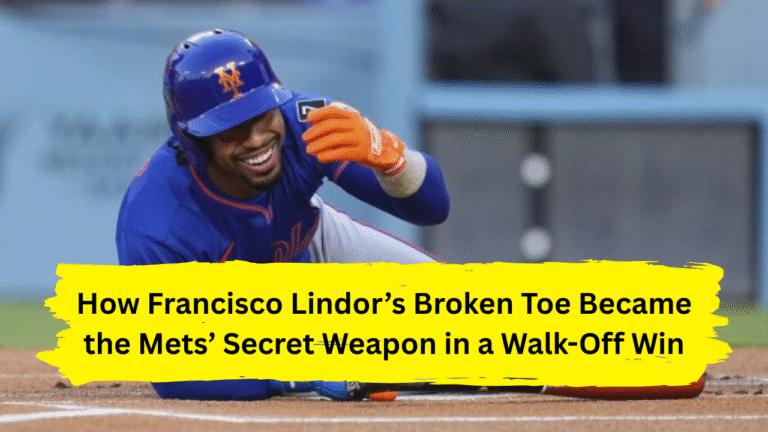
Caitlin Clark contract details reveal a $338K WNBA deal versus $28M Nike earnings. Discover how she’s revolutionizing women’s sports pay and fueling a $1B league boom. Dive into the contract drama now!
You’ve seen the headlines. You’ve heard the outrage. “Caitlin Clark’s WNBA salary is criminal!” “She makes less than NBA fines!” Social media explodes with fury over her contract. But what if I told you Clark’s financial story isn’t a tragedy—it’s a revolution in motion? Let’s shatter the narrative: Yes, Caitlin Clark’s four-year Indiana Fever contract pays just $338,056 total. But her off-court empire—including a historic $28 million Nike deal—positions her to become the catalyst for the WNBA’s $1 billion transformation . Why did she reject a $1 million offseason offer? How is her underpaid status triggering a league-wide labor war? And what does her contract really mean for women’s sports? Strap in—we’re breaking it all down.
The Jaw-Dropping Numbers: $76K vs. $28 Million
Let’s confront the elephant in the room. As the 2024 No. 1 draft pick, Caitlin Clark’s rookie contract with the Indiana Fever pays her $76,535 in 2024 and $78,066 in 2025—totaling $338,056 over four years . For perspective: NBA rookie Victor Wembanyama signed a $55 million deal with the Spurs. Rudy Gobert’s fine for making a money gesture at referees ($100,000) exceeded Clark’s Year 1 salary . Even her potential bonuses—$5,150 for Rookie of the Year (which she won) or $2,575 for an All-Star appearance—feel like pocket change .
But here’s where the story twists. While her WNBA earnings seem shockingly low, Clark’s off-court portfolio is rewriting history. Her landmark eight-year, $28 million Nike contract—complete with a signature shoe line—dwarfs her league salary . Add endorsements with Gatorade, State Farm, Bose, and Goldman Sachs, and her 2024 sponsorship earnings hit $11 million . By 2025, experts project her influence will generate $1 billion in economic activity for the WNBA—26.5% of the league’s total value . So why accept such a “small” contract? Because Clark isn’t playing for today’s paycheck. She’s investing in tomorrow’s revolution.
Legacy Over Quick Cash: Why Clark Said “No” to $1 Million
In January 2025, Clark faced a career-defining choice. The Unrivaled League—a new 3-on-3 women’s basketball venture—offered her over $1 million for just nine weeks of play . To put that in perspective: the offer tripled her entire four-year Fever salary. Yet Clark declined. Why?
“I’m not really focused on that right now… focusing on hopefully helping this team win a championship,” she stated . Her priority wasn’t instant wealth—it was building something lasting in Indianapolis. After an exhausting rookie year (college finals → WNBA draft → 40-game season → playoffs), she needed rest. But more crucially, she needed to prepare. Clark spent her first full offseason transforming her body—adding muscle to withstand the league’s physicality—and bonding with a revamped Fever roster eyeing a title run .
This decision epitomizes Clark’s mindset: endorsements fund her life; basketball fuels her legacy. As Unrivaled president Alex Bazzell admitted: “Anyone in our position would want Caitlin… It’s clear what kind of numbers she brings” . But Clark knows her true value lies not in chasing side leagues, but in elevating the WNBA’s core product—even if it means earning 1/300th of NBA stars’ salaries… for now.
The Labor Tsunami: How Clark’s Contract Ignited a $1 Million Pay Fight
Clark’s contract isn’t just a personal storyline—it’s the torch igniting the WNBA’s most explosive labor battle. In October 2024, the players’ union opted out of the collective bargaining agreement, furious over the league’s revenue-sharing model. Currently, WNBA players receive just 9.3% of league revenue (from TV deals, tickets, merchandise)—compared to 50% in the NBA and NFL . With the Fever’s ticket sales skyrocketing 156% and merchandise up 500% since Clark’s arrival, players demand change .
The math is undeniable. While Clark’s jersey sales and sold-out arenas generate millions, the maximum WNBA salary remains $249,244—less than many NBA rookies earn per game . As negotiations heat up, league insiders whisper of a seismic shift: max contracts could reach $1 million by 2026—a 300% increase . “It’s time for WNBA players to get a higher percentage,” urges former star Chiney Ogwumike . Fever teammate Aliyah Boston puts it bluntly: she wants “multiple commas” (a seven-figure salary) .
But here’s the kicker: owners worth billions (like the New York Liberty’s Tsai family) resist hiking pay. Yet as viewership soars 272% and Clark’s games draw 2.54 million viewers, the league’s $60 million TV deal just leaped to $200 million annually . If stars like Clark don’t get a fair cut, the 2026 season could face a lockout—jeopardizing the very growth owners covet.
The $1 Billion Ripple Effect: Merch, Tickets, and Stadium Upgrades
Let’s zoom out. Clark’s contract isn’t about $76K vs. $28 million. It’s about how one player’s gravitational pull transforms an entire league’s economy. Consider these shockwaves:
- Ticket Armageddon: Fever season tickets sold out in days. Opponents like the Aces and Mystics moved games to NFL-sized stadiums to meet demand .
- Merch Tsunami: Fanatics reported a 500% surge in league-wide merch sales; Dick’s Sporting Goods saw a 233% spike .
- Media Mania: 36 of Indiana’s 40 games aired nationally. The 2024 draft drew 3+ million viewers—rivaling NBA broadcasts .
When Clark recently missed games with a quad strain? Ticket prices plummeted overnight . As one fan noted: “Everyone was trying to dump those tickets” . This isn’t fandom; it’s the Caitlin Clark Effect—a phenomenon so potent, economist Dr. Ryan Brewer calculates she drove 26.5% of the WNBA’s entire 2024 economy . Project that forward, and she’ll generate $1 billion by 2025. Not bad for a “$76K rookie.”
The Future: Championship Dreams and the $1 Million Payday
So where does Clark’s contract saga go next? In 2025, she’s not obsessing over pay stubs. She’s chasing hardware. The Fever retooled aggressively—adding champs DeWanna Bonner and Natasha Howard—while coach Stephanie White (who led their 2015 title run) returned . Clark’s mission? Deliver Indiana’s first championship since Tamika Catchings’ 2012 glory days.
But behind the scenes, her influence fuels a financial reckoning. With the CBA expiring, stars like Clark, Paige Bueckers, and Angel Reese could soon land those mythical $1 million salaries . As Bueckers herself noted after joining Unrivaled: “Investments in women’s sports—the return has been amazing” . Clark’s sacrifice—taking $76K while moving billion-dollar needles—proves the value. Now, it’s on owners to pay it.
The Final Buzzer: More Than a Contract
Let’s be clear: Caitlin Clark’s contract isn’t a scandal. It’s a strategic investment in a revolution. She traded quick cash (that $1 million Unrivaled offer) for legacy. She accepted $76K while knowing her presence would force arenas to expand and TV deals to shatter records. And she’s doing it all while rehabbing a quad strain for her June 7 return against archrival Angel Reese’s Sky .
So when you see that “$338K contract,” remember: Clark isn’t underpaid. She’s overdelivering. Her true compensation isn’t on a paycheck—it’s in sold-out arenas screaming her name, little girls wearing her Nike sneakers, and a league finally forced to pay women their worth. The $1 million deal is coming. But Caitlin Clark was never playing for the money.
She’s playing to change the game forever.
Watch Clark’s next chapter: Indiana Fever vs. Chicago Sky, June 7 on CBS. Support the WNBA’s fight for fair pay at WNBPA.org.
Also Read: Latest Trending News




